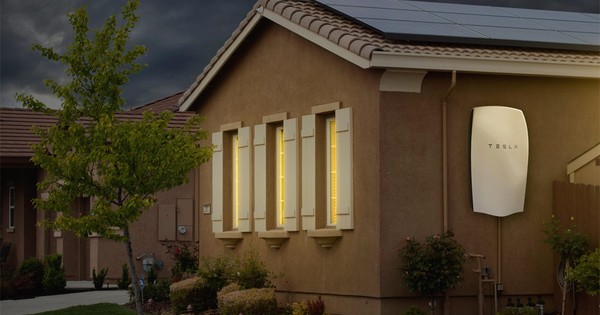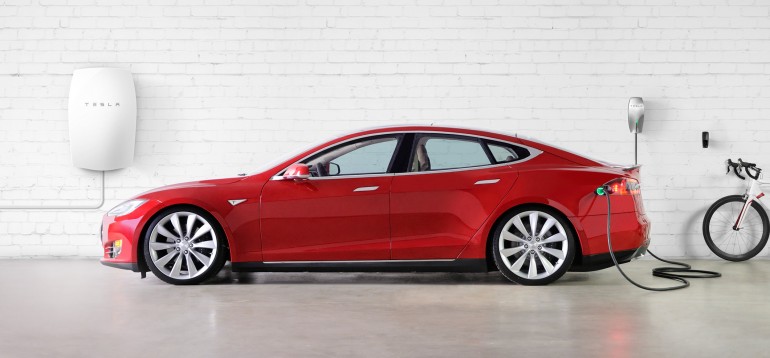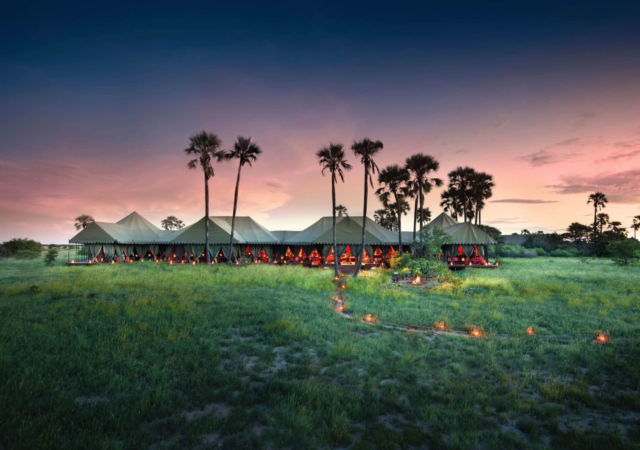It’s 2016, influencers and tech junkies around the world are looking for the next IT products to improve their lives and impress their friends. Whether it’s the latest trend in mobile phones, computers, TVs, gadgets, or cars you can bet Africa’s luxe class will be some of the globe’s earliest adopters. But overlooking any technology that impacts the chronic power crisis affecting the development and productivity of Africa’s major cities as a ‘must have’ would be remiss.
Without electricity to power your latest iPhone, Samsung Galaxy tablet, Panasonic flat screen TV, and smart home gadgets, they are all simply just pieces of metal, plastic, and glass which is why Tesla Energy’s Powerwall is a top pick for 2016.
From Lagos to Luanda, Accra, and Nairobi the African luxe set aren’t phased by “Light Out” ”Dumsor” and any other terms used to describe power outages as they can afford to run diesel generators non-stop to keep their homes, businesses and numerous gadgets running despite the high financial and environmental costs.
Tesla Energy provides a solution to manage sustainably power in style with the sleek designed Tesla Powerwall. Best known for producing the Tesla electric car, last year Tesla Energy launched the Powerwall, a rechargeable lithium-ion battery designed to store energy at a residential level for load shifting, backup power, and self-consumption of solar power generation.

The Powerwall consists of Tesla’s lithium-ion battery pack, liquid thermal control system and software that receives commands from a solar inverter. The unit mounts seamlessly on a wall and can be integrated with the local grid to harness the excess power and give customers the flexibility to draw energy from their reserve.
The Tesla Powerwall outperforms most existing small-scale solar battery devices by supplying an average of 1,000 watts for over 10 hours. Powerwall’s lithium ion battery is completely automated and inherits Tesla’s proven automotive battery technology to supply power safely and economically. Another key feature is that it installs easily and requires no maintenance.
In the west, where public and private energy companies manage a grid and standardised rate structure, critics have attacked the Powerwall on its affordability and overall financial savings. Tesla CEO, Elon Musk’s response to critics also makes it clear why Powerwall would be a key technology for its target African consumer. “ …very few people with this sort of rate structure are interested in Powerwall for financial reasons. They are interested in energy independence, backup security, environmental reasons and early tech adoption, none of which are taken into account.” Africa seems to be an important market for Tesla Energy as the South Africa-born Musk recently announced his plans to build a “gigafactory” in Cape Town to produce the Powerwall batteries.











